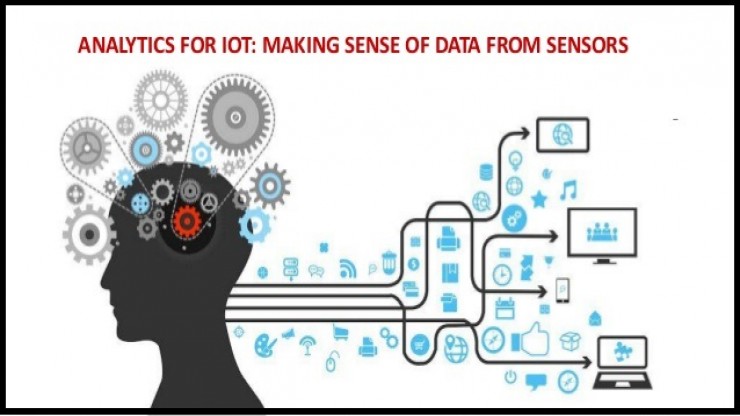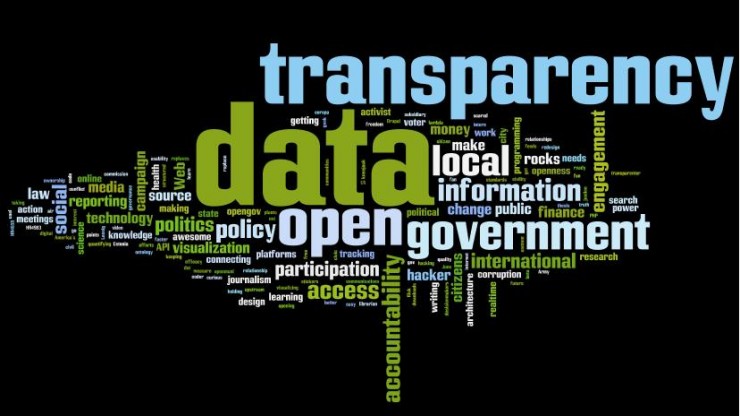
We have come a long way since the first sensors were installed in machines to gain basic insights related to performance. We live in a world where self driven trucks make deliveries based on real-time maps, while different components of the truck’s machinery interact and provide feedback to perform specific behaviors based on predetermined parameters.
While many of us predicted the IOT revolution and its ubiquity, we did not fathom its pace. Nor did we foresee the abundance of application that we have achieved over the past couple of decades. However, while we continue being enamored by the sophistication and scrutiny exhibited by smart technology around us, this is just the beginning, the proverbial tip of the iceberg.
The emerging paradigm in technological innovation is based on the interaction between the Internet of Things (IoT) and Big Data analysis.
The two form a continuous process of data collection, interpretation and feedback, and consequential performance modification.

The Internet of Things encompasses all those objects through which big data is collected and sent for measuring and interpreting. Conceptually, IoT can take any basic commodity and turn it into a smart object by inserting sensors that monitor various parameters - thermal, acoustic, electromagnetic and so on.
Patterns of performance and behavior are generated based on historical data and real-time data, based on which predictive algorithms are created as norms for modification of performance. While all this sounds extremely exciting and revolutionary, we tend to miss out on what actually makes the wheels turn.
“As IoT grows, so does the volume of data it generates. Globally, the data created by IoT devices in 2019 will be 269 times greater than the data being transmitted to data centers from end-user devices and 49 times higher than total data center traffic. Even as businesses, government agencies, and other pioneering organizations take initial steps to implement IoT’s component parts — sensors, devices, software, connectivity — they run the risk of being overwhelmed by the sheer magnitude of the digital data generated by connected devices”
As sensors and micro-chips aim to connect most products around us, the amount of data we generate in the near future is unfathomable. Current estimates of data usage predict a rate of 50,000 GB/Second of global internet traffic by 2020. Other estimates suggest that the IoT revolution will create enough data to cross the 2 Zettabytes per year mark by 2019 (1 Zettabyte = 1000 Exabytes or 1 Trillion Gigabytes). Watching 1 Exabyte of data would be equivalent to watching the entire Netflix catalog over 3000 times.
This is the essence of Big Data is changing analytics by Volume, Variety, Velocity and Veracity. Needless to say, the amount, variety and rate at which we are generating data is tremendous, and this is just the beginning due to the fifth V of Big Data - Value.
“The extent to which we are missing extraordinarily valuable data-analytic opportunities is incredible: right now, only 0.5% of our information is analyzed. We have more data, but it is not always more intelligent data. Part of the problem with Big Data is it is not valuable until it is understood"
As our affinity with IoT increases, we are destined to create more and more data. The foremost aim is to create self-sustaining technologies that can adapt and respond to real-time interactions with its environment, thus increasing efficiency and improving performance. Consequently, the impact that the IoT revolution has on our lives is directly related to the value that we can generate from the tremendous amounts of data being generated.
IoT and Big Data’s development go hand-in-hand. The challenge in increasing the analysis rate from 0.5% is in creating analytical frameworks and structures that can make more out of the data we generate. Without these developments, large amounts of data generated will continue to go to waste.
UC Berkeley lecturer Andreas Wiegand contends that the best way to approach IoT and Big Data would be to start with a question rather than with the data itself. “The fact that data gets generated is a good thing, but what we really need is to figure out what problems we can solve with it.
“The rate at which we are generating data is rapidly outpacing our ability to analyze it,” says Dr. Patrick Wolfe, data scientist at the University College of London. “The trick here is to turn these massive data streams from a liability into a strength.”
Thus, the IoT revolution is incomplete without the presence of Big Data solutions and analytical frameworks. Not only is this analysis imperative in the spread of IoT, the speed of processing this data based on dynamic environmental variables is where the real challenge lies.
As a result, numerous corporations such as Microsoft, SAP and Cloudera have come into the fray by creating applications and software such as Hadoop that provide Big Data solutions, making giant leaps in connecting and streamlining the data generated and interpreted on a real-time basis.
The much anticipated future of smart devices and smart technology is critically dependent on the strides we make in creating meaningful insights and generating value of the data that we keep collecting. As the Internet of Things becomes ubiquitous in our lives, it is the Big Data solutions and analytics that will constitute the source of this revolution.